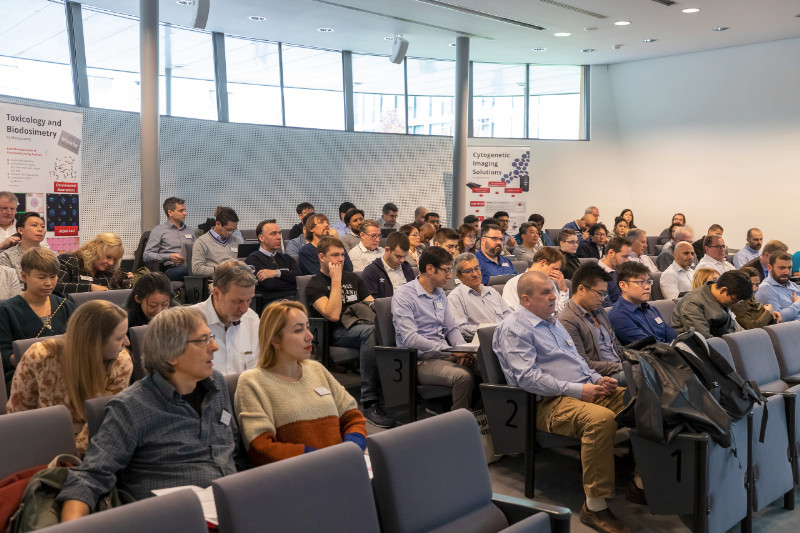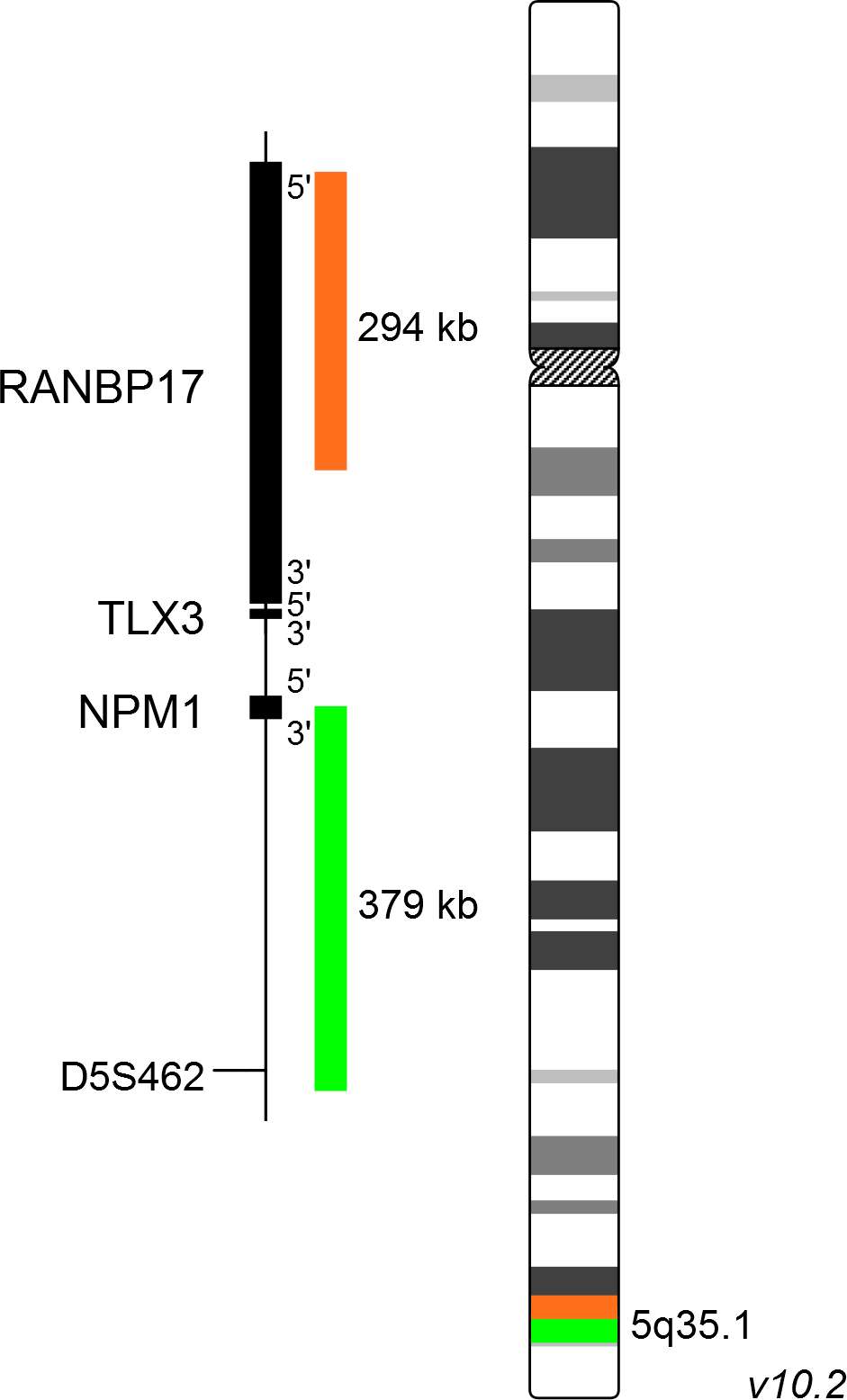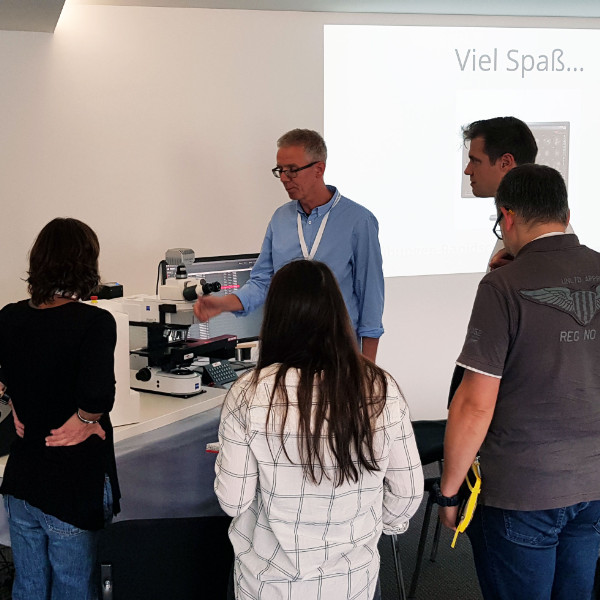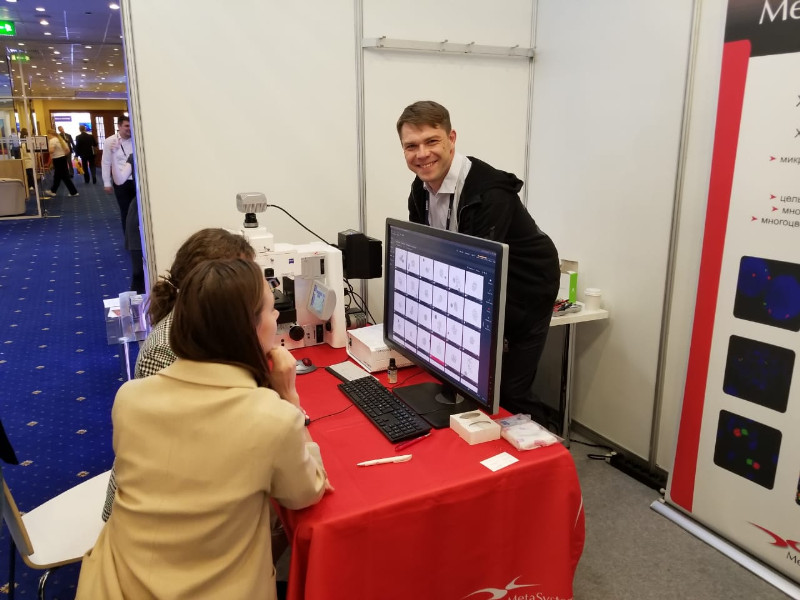About 100 guests from 36 countries met on the XVIII. MetaSystems Distributor Meeting (DM) in November to exchange experiences and to get to know new trends and developments at MetaSystems.

Our internet site may contain information that is not approved in all countries or regions. To ensure accuracy of content, please select your country/region of residence. Choose International if your country is not listed.
This information will be saved using cookies. To find out more about cookies, read our Privacy Policy.
Please select your country of residence. Choose International if your country is not listed.
Our internet site may contain information that is not approved in all countries or regions. To ensure accuracy of content, it is required that you select the site which is appropriate for your country of residence.
Based on your previous selection, you have been forwarded to the website for International.
MetaSystems Probes has already certified a large part of its portfolio, according to IVDR. For organizational reasons, we currently provide only the IVDD product.
Discover all IVDR-certified products
XL TLX3 BA consists of an orange-labeled probe hybridizing proximal to the TLX3 gene region at 5q35.1 and a green-labeled probe hybridizing distal to the TLX3 gene region at 5q35.1.
Probe maps are created in accordance with the intended purpose of the product. Solid colored bars do not necessarily indicate that the probe fully covers the indicated genomic region. Therefore, caution is advised when interpreting results generated through off-label use. Probe map details based on UCSC Genome Browser GRCh37/hg19. Map components not to scale. Further information is available on request.
Acute lymphoblastic leukemia (ALL) is the most common childhood cancer type. T-cell acute lymphoblastic leukemia (T-ALL) is an aggressive and quickly progressing type of ALL affecting T-lymphocytes. Genomic data suggests that more than 10 functional aberrations are contributing to the development of this disease. T-ALL cases can be grouped by distinct genetic profiles and the aberrant expression of a characteristic transcription factor. Major subgroups are characterized by ectopic expression of TAL1, TLX1, TLX3, HOXA9/10, LMO2 or NKX2-1 and others as a result of chromosomal rearrangements or mutations. About 20% of childhood T-ALL cases are characterized by aberrant expression of TLX3 as a result of t(5;14)(q35;q32). This cryptic translocation juxtaposes TLX3, normally not expressed in T-cells, with the BCL11B gene, which is active in T-cells, resulting in ectopic expression of TLX3.
Fluorescence in situ hybridization is a valuable method for the detection of t(5;14)(q35;q32) since cryptic translocations may escape during classical cytogenetic analysis. Furthermore, the broad range of breakpoints in the chromosomal region 14q32 makes the development of efficient PCR-based methods difficult.

Normal Cell:
Two green-orange colocalization/fusion signals (2GO).

Aberrant Cell (typical results):
One green-orange colocalization/fusion signal (1GO), one separate green (1G) and orange (1O) signal each resulting from a chromosome break in the relevant locus.
Certificate of Analysis (CoA)
or go to CoA DatabaseNeon, the outstanding MetaSystems case and image management system, offers many tools and helpful gadgets to streamline routine workflows, for example in cytogenetics labs. The second MetaSystems User Day, addressed to MetaSystems clients from Germany, Austria, and Switzerland, provided in different workshops knowledge helping to unleash the full power of the system.

The Congress 'Genetics of XXI Century' in Moscow, Russia (May 2019) has been one of the most important events for the professional international community of geneticists. Our partner company in Russia OOO MetaSystems considered it a good occasion to present the new camera CoolCube 4 connected to a state-of-the-art Neon system to the public.
